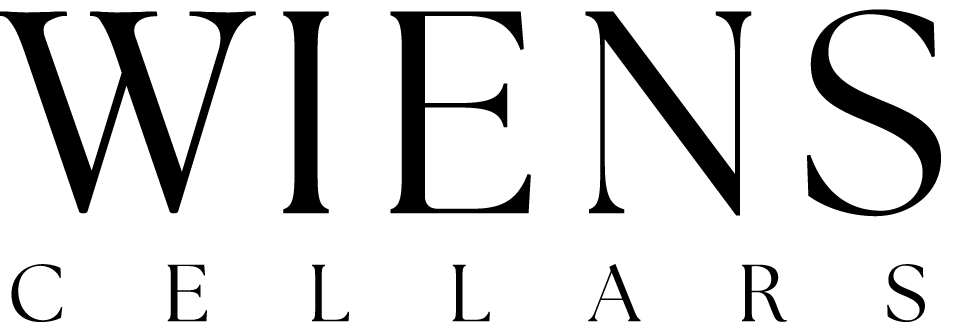DO YOU EVER BLEND GRAPES VARIETALS PRIOR TO CRUSHING AND FERMENTING?

Yes! Here at Wiens our winemaking team uses many different winemaking techniques and practices. One thing we are well known for is our blends. We blend throughout all stages of the winemaking process–whether it is in the vineyard while picking “a field blend,” combining two press loads after fermentation, or using two or more wines that were aged separately in French and American oak prior to bottling.
Something that we have done from time to time over the years is a practice known as a co-fermentation. A co-fermentation is when two or more grape varietals are crushed together into the same fermentation vessel and fermented together. This is commonly done in the north of Rhone and known as a “Cote-Rhotie” where they use Viognier and Syrah grapes. When blended together, the white grapes can enhance aromatics and soften tannins.
Sometimes we like to ferment Pinot Noir and Petite Sirah together. By fermenting our Pinot Noir with Petite Sirah, we can build stronger color chains and increase the color stability of the delicate Pinot Noir. The advantage to this is that you will get stronger, darker color and gain tannins, which will extend how the wine will age. Blending this early on makes it so that the flavors of the different grapes can develop and create a more complex wine and become one.
If this all sounds good and makes for better wine, why doesn’t everyone do it? This is becuase there are some disadvantages to blending this early, such as locking yourself into a certain blend at the start of fermentation that may limit your possibilities for blending after fermentation. There are also certain restrictions on what and how much you can use depending on how a wine is labeled. If you want to label a wine by the grape varietal you used, then it would have to contain at least 75% of that varietal. Another thing to consider is where the grapes come from–are they from different appellations (Temecula or Lodi)? The predominate appellation (85%) will determine where the grapes are from on the label of the bottle. If you making a blend based on a certain style like a Bordeaux (Cabernet Sauvignon, Cabernet Fanc, Merlot, Malbec, Petit Verdot) or a Rhone style GSM (Grenache, Syrah, Mourvèdre) this will also determine what you can blend together.
Something some people consider as a simple question: “will these grapes actually work together?” is easier said than done, right? Blending is definitely a Reflection (pun intended) of the artistic side that a winemaker masters over years through trials and errors. Salud!
Brian Marquez, Assistant Winemaker
